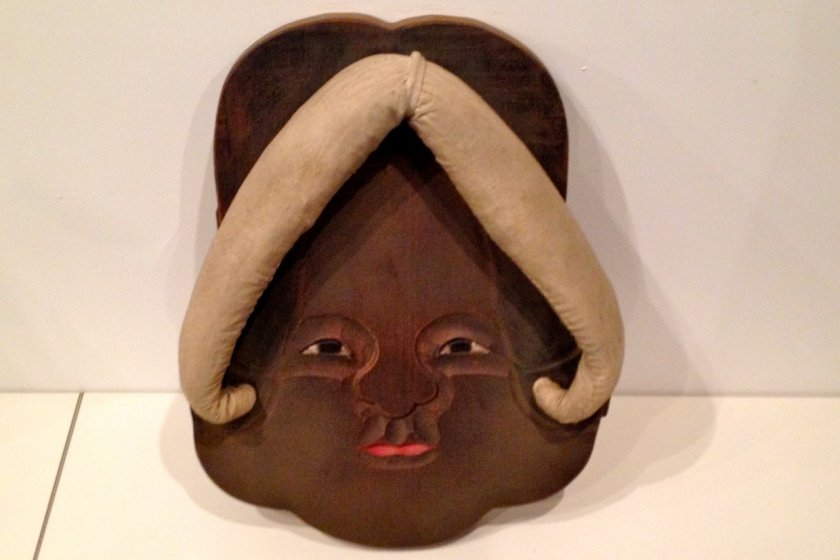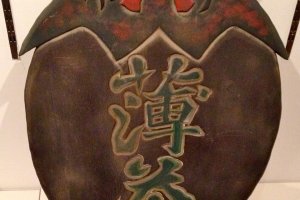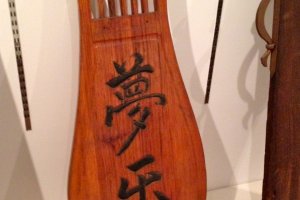The July / August 2013 issue of Monocle Magazine rated Tokyo as the #4 most livable city in the world (after Copenhagen, Melbourne and Helsinki, respectively). One of the reasons for Tokyo's high ranking is that there are almost 200 museums. The depth and breadth of the museums is truly remarkable. From kimono to yakimono, and from Manet to Man Ray, we are spoiled for choice.
Of course, there are national and local government museums on a wide range of historical and cultural topics. In addition, when it comes to museums, many companies in Japan have a philanthropic side. Suntory, Bridgestone and Idemitsu quickly come to mind, but the corporate list is long and the displays change frequently.
Of this array, one of my favorites is the Showa Neon Kanban Takamura Goro Museum. It is devoted to late-Edo and Meiji period shop signs or kanban in Japanese. The former president of Showa Neon, the late Takamura Goro, collected 400 antique shop signs in his travels around Japan. Of these, the best 180 are on display. Many of these kanban have been exhibited overseas as the company is keen to promote Japan's traditional advertising culture.
Although the merchant class was looked down upon in the samurai / farmer / artisan hierarchy, their shop signs were often imaginative works of art displaying warmth and craftsmanship.
Signs in this period tend to be one of two types:
- representational or mokekanban: 3D images of the products sold, and
- tall and narrow with an approximate 5:1 ratio: these signs contained mostly text. Japanese can be written from right to left (until the Meiji period), left to right and, significantly, as far as signs are concerned, from top to bottom. These signs were well suited to the tight special relationships of the time when shops had narrow street frontage.
These signs also provide a lowest common denominator glimpse into the tastes of people in the past. Today, while coffee competes with tea, and vinegar (yu) is no longer a staple, the need for beauty parlors, barbershops, drugstores and liquor shops is constant.
There is no admission fee. There are no staff. All information about the exhibits is in Japanese. There is no gift shop, but you will take away a very memorable experience. Have a look at my photo story to see more pictures.
It is open on weekdays from 10 a.m. to 4 p.m. and closed on Saturdays, Sundays and national holidays. The closest station is Shinbanba on the Keikyu Line, 2 local stops from Shinagawa. Take the south exit (if travelling from Shinagawa, it is the exit at the front of the train), walk straight ahead, with the tracks overhead, and turn left at the first street. At the second traffic lights, turn left. The Showa Neon building is immediately on your right and the museum is on the 2nd floor.





























